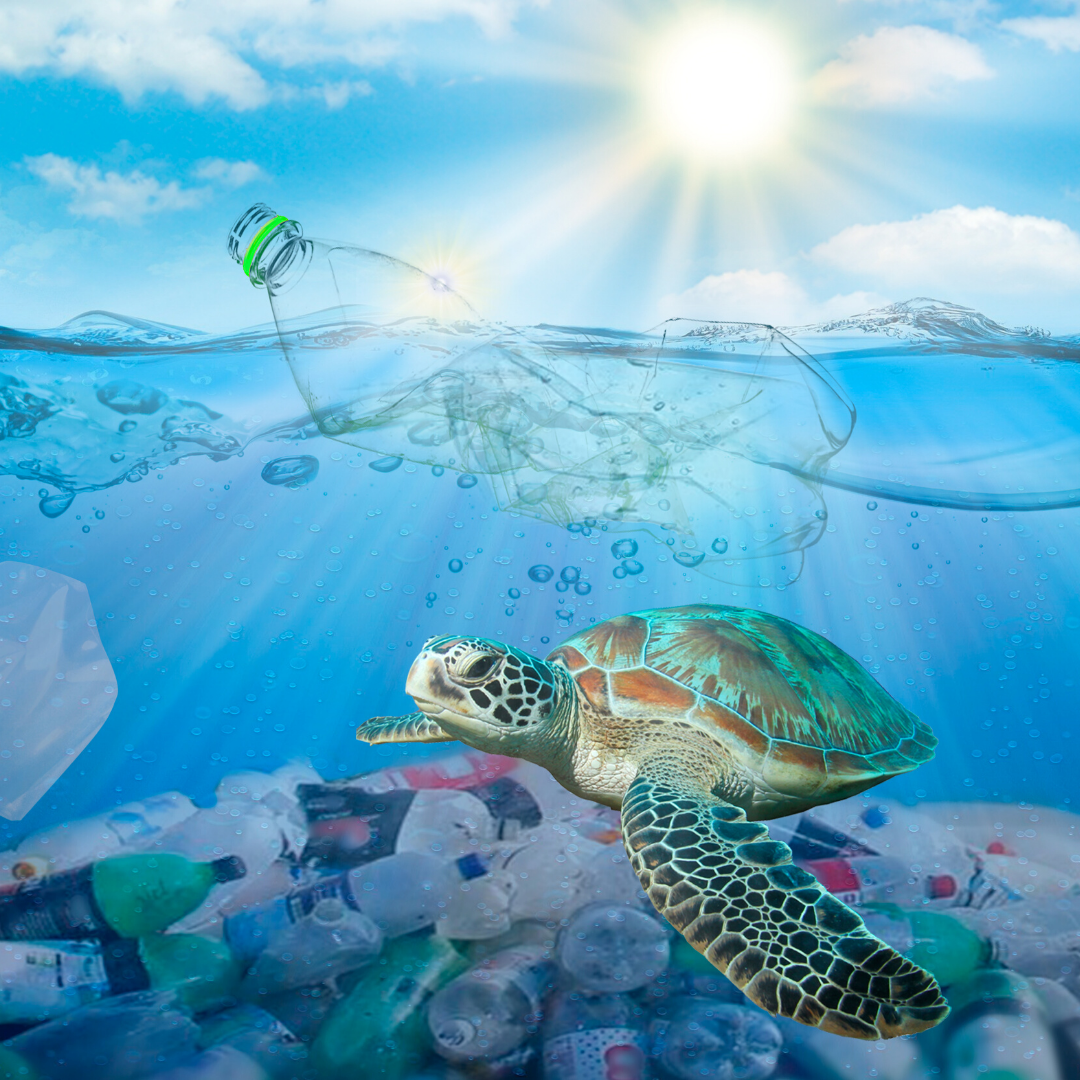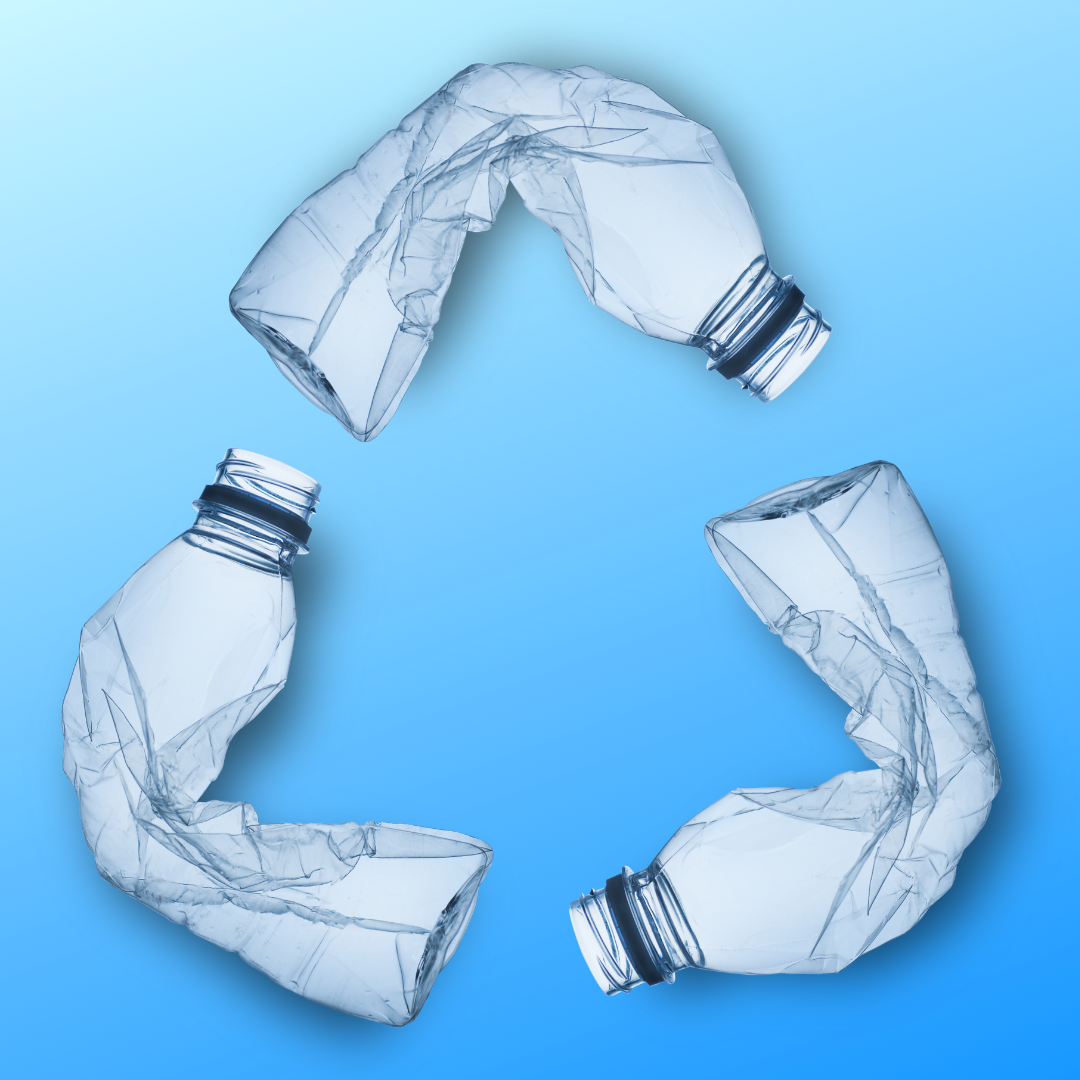Plastic . . . All of us use it. It’s become a part of our everyday lives. If you take a look around you, you're sure to see several things made from plastic within view. Plastic is one of the most versatile materials in today's world. There's no doubt that plastic is causing environmental issues, but that is due to our single-use, throwaway culture. What has caused plastic pollution is the reckless excessive use of single-use items like cups, straws, water bottles, shopping bags, and personal care/cleaning products.
What You May Not Know About Plastic
We’re clothed, protected, and transported by the complex polymer chains that plastics are made of. That's why many plastics start with “poly,” (polystyrene, polyethylene, and polypropylene). Lightweight and strong plastics make it possible for us to live better and at the same time contribute to sustainability in several ways by helping us do more with less.
Plastics have become a key element of innovative technologies that have helped power space programs, advance prosthetic limbs, create bulletproof vests, and more. Varying plastics are used in planes, cars, workout clothes, eyeglasses,and heart stents. These are just a few examples of many plastic innovations helping to create a better, more sustainable future.
Plastic Help Protect Us and The Environment
It may come as a surprise, but plastics help us protect the environment by lowering greenhouse gas emissions, reducing waste and saving energy on the road, at home, and at work. Plastic packaging dramatically extends the shelf life of fresh beverages and foods, also making it possible to ship more products using less material - factors that reduce packaging and food waste. The following are a few examples of how plastic innovations help reduce our environmental footprint.
- Helps prevent the use of 55 million tons of excess packaging annually in the United States.
- Cuts food waste by almost 50% by using plastic packaging on fresh food products.
- Used in the manufacturing of lighter, fuel-efficient vehicles that save approximately 89 million gallons of diesel and gas in North America alone.
- Saving between 10% to 50% on home energy costs by using sealants, house wrap, and insulation.
- The use of lightweight plastics in vehicles can significantly increase miles per gallon.
It's not difficult to write off plastics as dangerous materials that are destroying the planet - in many ways this is true. But if you look at the bigger picture, the reality is different. If you want toys for your children, vehicles, medical adhesives, replacement body parts, computers, fiber-optic cables, paints, water pipes, and countless other things, plastics are necessary. Try imagining how we'd live without them.
We might be able to get by without plastic if we lived in a world without healthcare advancements, medications, recreational activities, communication, travel, and clean homes. That is not the case. The simple truth is... In the world we live in today, we can't do without it completely.
Not all the plastics are created equal. It's the single-use plastic (like straws, bottled water, shopping bags, cleaning products, etc.) that has put the world in the position where, if we continue to use them, there will be more plastic in our oceans than fish by 2050.
If we want to save our planet from plastic pollution, we simply need to be smarter about how we buy plastic products, use and recycle them.




Leave a comment
All comments are moderated before being published.
This site is protected by hCaptcha and the hCaptcha Privacy Policy and Terms of Service apply.